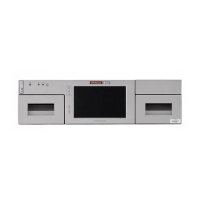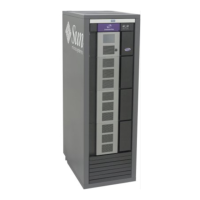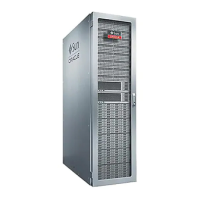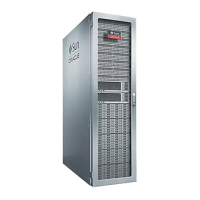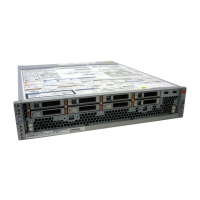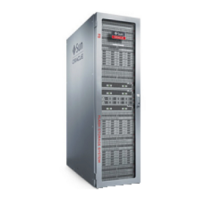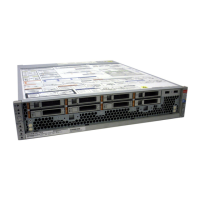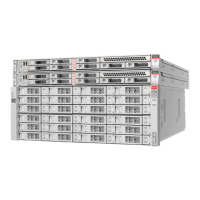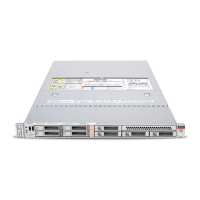Diagnosing Robotic Issues
16-4 StorageTek SL8500 Library Guide
3.
In the Mode list, select Non-Disruptive.
4. Click Run. A message appears when the test finishes.
Diagnosing Robotic Issues
Diagnostic moves can help monitor or diagnose robotic problems by issuing a series of
"get" and "put" operations. The system chooses a robot for the diagnostic move based
on the minimum and maximum ranges set for the target and pool addresses. Multiple
robots may be selected if the address range requires it.
Successful diagnostic moves do not rearrange the cartridges in the library — the
system returns cartridges to their original locations. However, some diagnostic move
failures can cause cartridges to be left in new locations.
Defining a Diagnostic Move
You can set up and run multiple diagnostic move routines simultaneously if the target
and pool ranges for each diagnostic move do not overlap.
1. In SLC, select Tools > Diagnostics. Select the Library in the device tree.
2. Click the DiagMove tab, and then the Manage tab.
3. In the Defined Sequence section, click Add.
4. Define the target address range (the area used for "get" operations).
a. Select a slot type.
b. Select the starting and ending locations for the range.
5. Click Next.
6. Define the source address range (the area used to supply cartridges or empty slots
if a target address does not contain a cartridge or no empty slots are available.)
a. Select a slot type.
b. Select the starting and ending locations.
7. Click Next.
8. Name the move and specify a move count (between 1 and 5000).
9. Select an access order., move type, and enable/disable the pre-move compatibility
check (see below for details).
10. Click Finish. The new diagnostic sequence is listed in the Defined Sequences
section. See "Starting a Diagnostic Move" on page 16-5.
Note: To perform a robot self-test, diagnostic cartridges must be
available in the library (see "Importing or Exporting Diagnostic or
Cleaning Cartridges" on page 10-3).
Note: Diagnostic moves require sharing of robot resources. You
should not run a diagnostic move during peak activity periods.
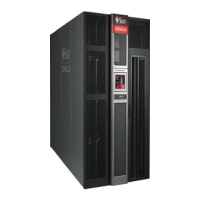
